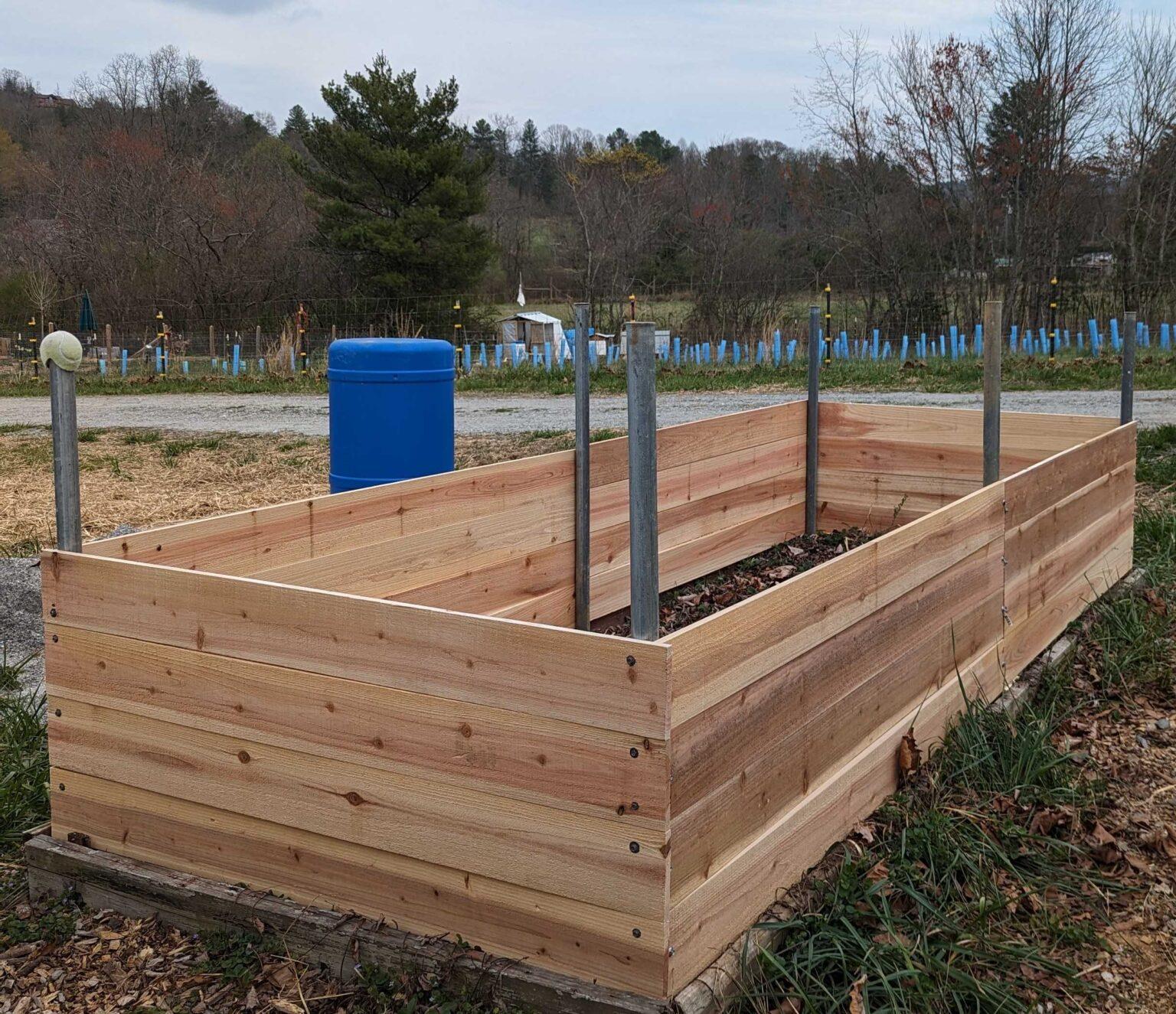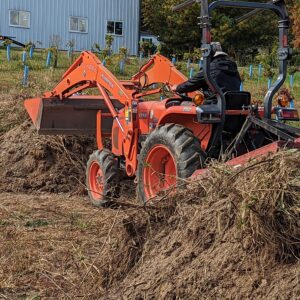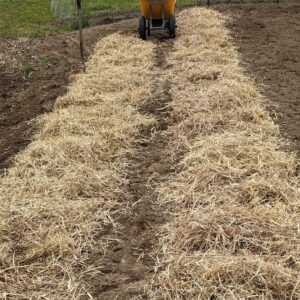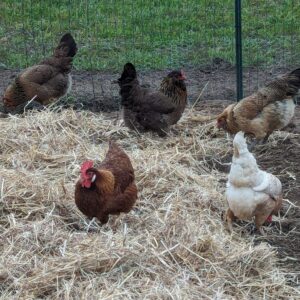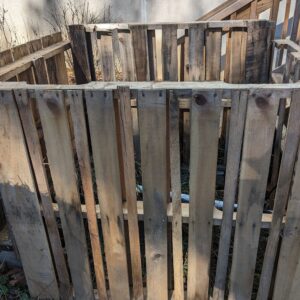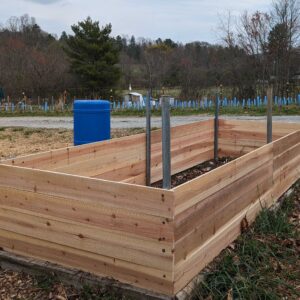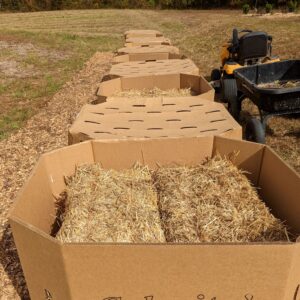Here in the Blue Ridge in North Carolina, there are plenty of opportunities to grow vegetables. We have had “spring” since February, and gardening tasks included the planting out of snap peas, the brassicas, and renovating the strawberry bed.
Of course, success in gardening also brings a mixed bag of…critters, which like the very same things you are trying to grow! Michael Pollan in his book Second Nature asked the question, “What is the relationship between the natural surroundings and the vegetable garden?” What he discovered was that his garden invited the indigenous groundhog to his garden to feast. The very next scene was him stuffing rags down the groundhog hole, pouring gas in and lighting it aflame! A bit dramatic.
Of Mice and Men
There are a number of ground dwelling rodents that are troublesome in the Second Nature garden. These include mice, voles, rabbits, skunks, and groundhogs. Mice, voles, and moles enjoy eating the seeds you plant. One of the latter species (yet unidentified) ate my entire crop of snap peas, even when planted around a perimeter of garlic! Rabbits and groundhogs love legumes, including bush and pole beans. Without some protection, these crops simply would not make it to maturity.
Alternatives to Setting Things Alight!
Groundhog dens can literally be miles long! So, taking a slightly different tack, I decided to forgo the rags, gas and matches and take an alternative tack. The simplest is to install an exclusion fence around the plot. Another alternative is the raised bed.
The idea of the exclusion fence is to, well, exclude veg eating critters from the garden. The trick is to bury the fence by trenching around the garden. In my case, I used repurposed weld wire fence to which I zip tied poultry netting (AKA chicken wire), bent out into the trench. Soil is then backfilled and firmed onto the wire. That’s it! The poultry netting is designed to exclude larger rodents. If your wish to exclude smaller rodents (mice, voles), use hardware cloth instead.
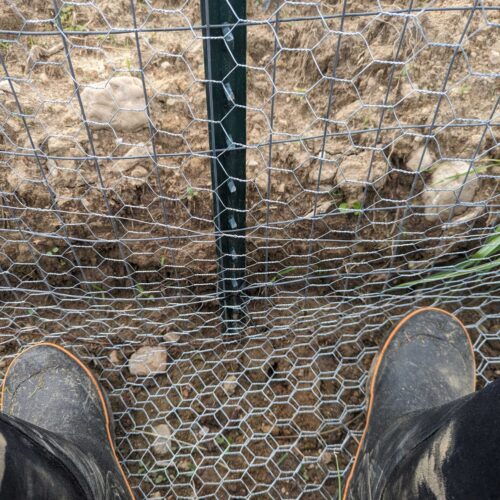
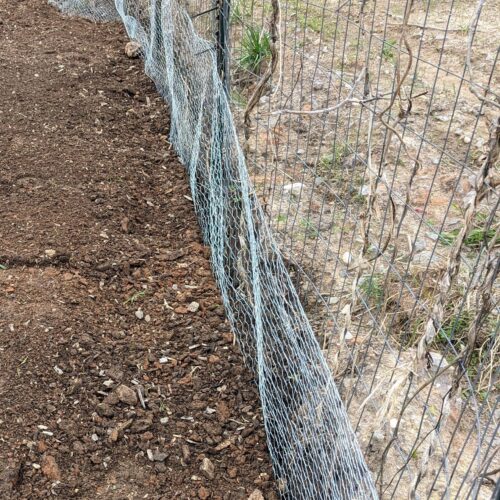
Our veg plot was the site of a large composting operation. The compost was spread out and graded with the help of a tractor and bucket loader. Once spread, I used our two-wheeled tractor equipped with a tiller and depth roller to grade the plot smooth. Once that work was completed, wheat straw was spread to form the paths between rows. Of course, our chickens had quite a different idea on how the mulch should be applied!
The perimeter of our garden plot is 150 feet. You may only have room for a smaller garden, but still want to protect it from ravenous critters. A raised bed works just as well! The simplest construction is to nail together pallets to form a raised bed. You can also construct the raised bed from cedar pickets, and ½ ton cardboard crates, whatever works best for you.
3 different methods for creating raised beds
Fill the raised bed with organic matter including pruned branches, straw, or compost. In our beds we’ve used straw, mushroom compost, Happy Frog soil conditioner, and Ocean Forest potting soil. Both Happy Frog and Ocean Forest are blends of earthworm castings, bat guano and oyster shell. In addition, Ocean Forest is made from fish emulsion, shrimp, crab and kelp meal.
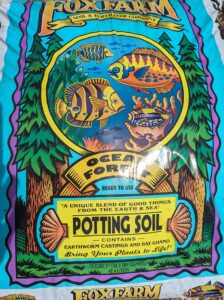
Prior to planting, the addition of a granular dolomitic limestone is added if the soil is acidic (ours is!) or the addition of a granular fertilizer is applied if the soil is low in nitrogen and phosphorous (ours is as well). But don’t add lime and an NPK fertilizer at the same time; wait a month between the additions.
Once you’ve completed your garden amendments, you are now ready to plant your crops. Next time, we’ll outline the companion plantings in the veg garden that is working well for us in our newly renovated vegetable garden!
~ Signing off for now, Joe

